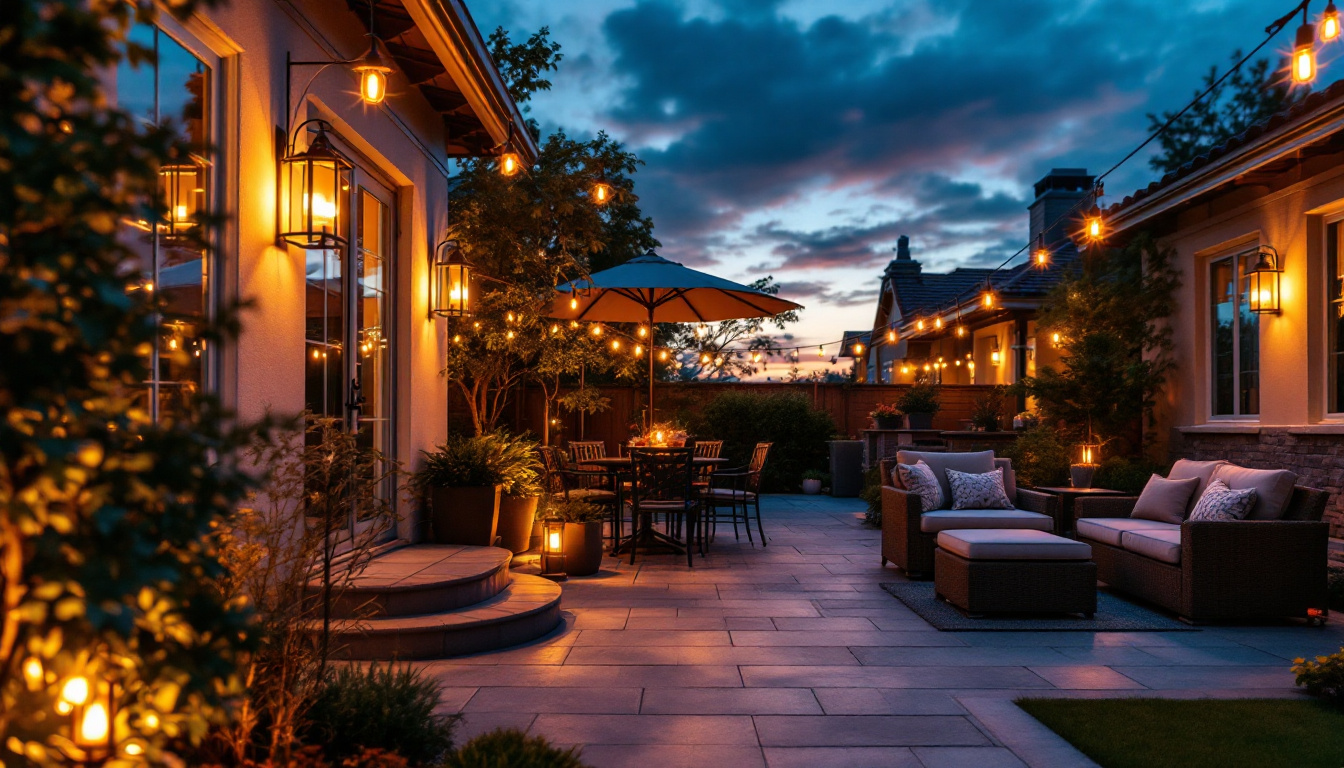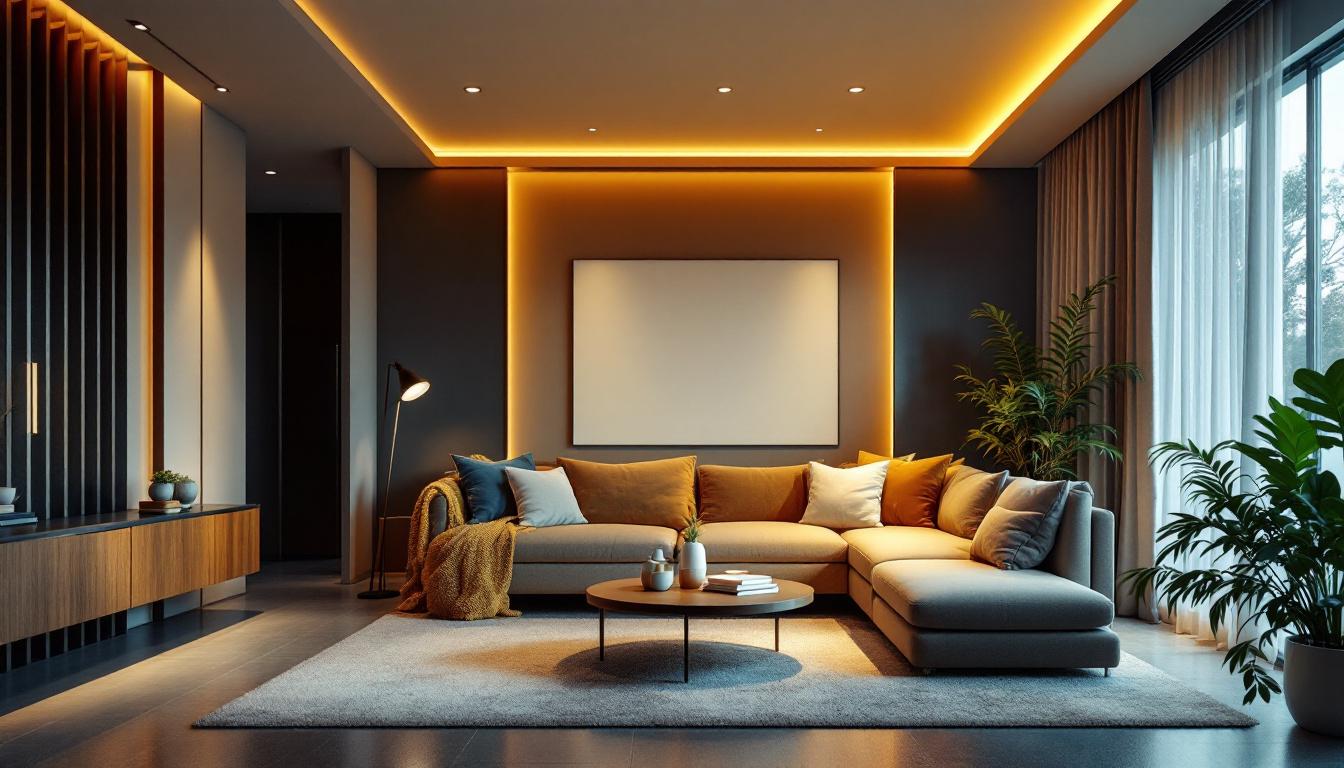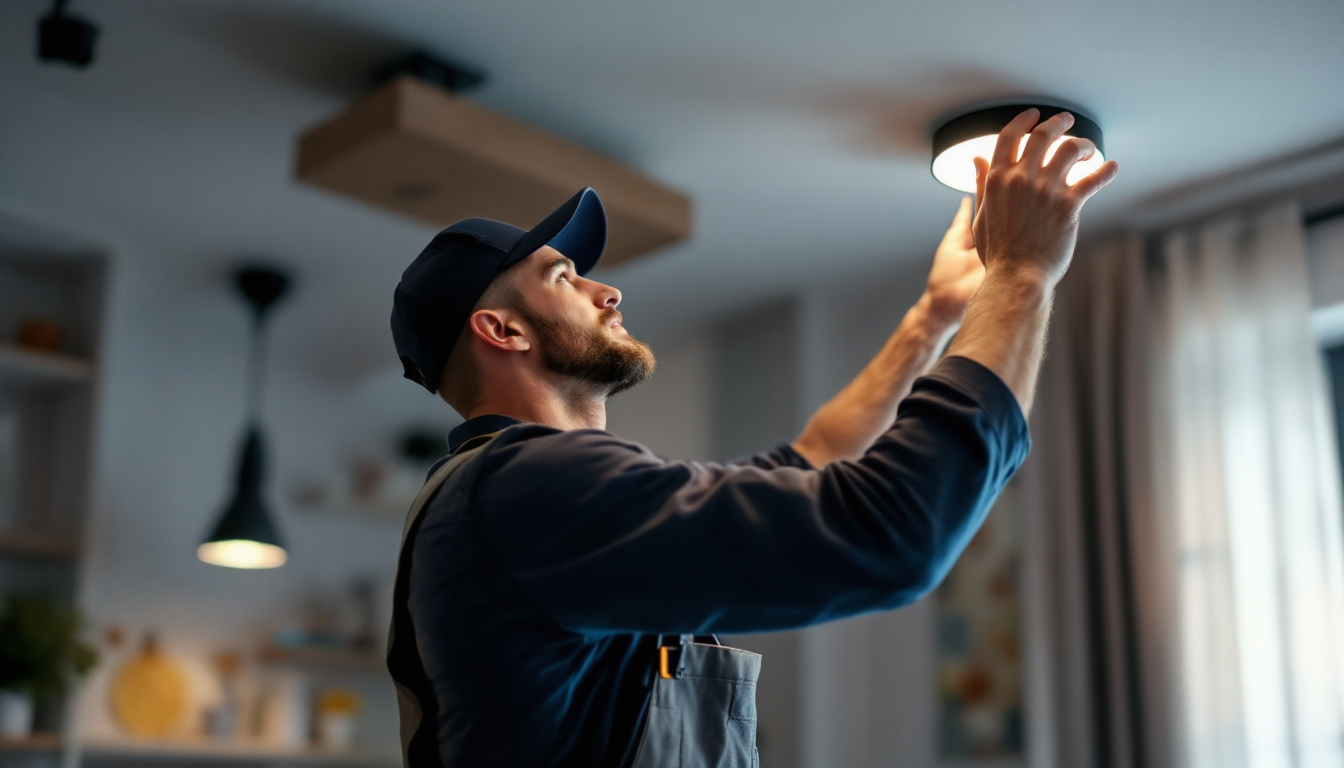
As the demand for energy-efficient lighting solutions continues to grow, outdoor wall lights equipped with LED technology have become increasingly popular among homeowners and businesses alike. For lighting contractors, understanding the nuances of LED outdoor wall lights is essential for delivering quality installations that meet both aesthetic and functional requirements. This article provides a comprehensive checklist for lighting contractors, ensuring that every aspect of the installation process is covered.
Before diving into the specifics of outdoor wall lights, it is crucial for lighting contractors to have a solid grasp of LED technology. LEDs, or Light Emitting Diodes, are semiconductor devices that emit light when an electrical current passes through them. This technology offers several advantages over traditional lighting options, revolutionizing the way we illuminate our spaces and paving the way for innovative designs that prioritize both aesthetics and functionality.
One of the most significant benefits of LED lighting is its energy efficiency. LEDs consume significantly less power than incandescent or fluorescent bulbs, leading to lower electricity bills for homeowners and businesses. This efficiency not only helps the environment but also aligns with the growing trend towards sustainability in lighting design. The reduced energy consumption of LEDs translates into less strain on power grids, which is particularly beneficial during peak usage times. Furthermore, as energy costs continue to rise, the financial savings associated with LED technology become increasingly attractive, making it a smart investment for both residential and commercial properties.
LED lights have a longer lifespan compared to traditional lighting solutions. While incandescent bulbs may last for about 1,000 hours, LEDs can last anywhere from 15,000 to 50,000 hours or more. This durability reduces the frequency of replacements, making them a cost-effective choice in the long run. Additionally, LEDs are more resistant to shock and vibration, making them ideal for outdoor applications. Their robust construction means they can withstand harsh weather conditions, including rain, snow, and extreme temperatures, ensuring reliable performance year-round. This resilience not only enhances safety but also minimizes maintenance costs, allowing property owners to focus on other important aspects of their spaces.
Another aspect to consider is the color temperature of LED lights. Available in various shades, from warm white to cool daylight, contractors should understand how each option affects the ambiance of outdoor spaces. The quality of light produced by LEDs is also superior, providing better color rendering and visibility, which is particularly important for security lighting. Warm white LEDs create a cozy and inviting atmosphere, perfect for residential patios and gardens, while cooler temperatures can enhance visibility in commercial settings or public spaces. Additionally, advancements in LED technology have led to the development of tunable white LEDs, which allow users to adjust the color temperature according to their preferences or specific needs, further enhancing the versatility of outdoor lighting solutions.
Selecting the appropriate outdoor wall lights involves several considerations. Lighting contractors must assess the specific needs of each project to ensure optimal results.
The design of outdoor wall lights should complement the architectural style of the building. Whether it’s a modern, minimalist design or a more traditional look, there are numerous options available. Contractors should work closely with clients to understand their preferences and recommend fixtures that enhance the overall aesthetic appeal of the property. For instance, sleek, geometric shapes may suit contemporary homes, while ornate, vintage designs can add character to classic architecture. Additionally, the finish of the fixtures—such as matte black, brushed nickel, or antique bronze—can further influence the visual harmony of the outdoor space, creating a cohesive look that reflects the homeowner’s personal style.
Outdoor wall lights serve various purposes, including security, ambiance, and task lighting. Understanding the intended use of the fixtures will guide the selection process. For instance, motion-sensor lights may be ideal for enhancing security, while softer lighting can create a welcoming atmosphere for outdoor gatherings. Furthermore, it’s essential to consider the placement of these lights; strategically positioning them near entryways, staircases, or dark corners can significantly improve safety and accessibility. In addition, incorporating dimmable options allows homeowners to adjust the brightness according to the occasion, whether it’s a lively party or a quiet evening outdoors.
Brightness is another crucial factor to consider. The amount of light produced by an LED fixture is measured in lumens. Contractors should evaluate the specific lighting requirements of the area being illuminated. For example, pathways may require lower lumens for safety, while patios or decks may benefit from brighter lights for social gatherings. It’s also important to consider the color temperature of the bulbs, as warm white lights can create a cozy ambiance, while cooler tones may be more suitable for functional areas. Additionally, using layered lighting techniques, such as combining wall lights with other light sources like string lights or lanterns, can enhance the overall effect, providing both illumination and visual interest in outdoor spaces.
Once the right fixtures have been selected, the installation process begins. Proper installation is key to ensuring the longevity and performance of outdoor wall lights.
The height at which outdoor wall lights are mounted can significantly impact their effectiveness. Generally, lights should be installed at a height that provides adequate illumination without causing glare. Additionally, the location of the fixtures should be strategically chosen to maximize light coverage and minimize dark spots. For instance, placing lights near entryways or pathways not only enhances safety but also adds an inviting ambiance to the property. It’s advisable to consider the surrounding landscape and architectural features, as these can influence both the aesthetic appeal and functionality of the lighting.
Proper wiring is essential for the safe operation of outdoor wall lights. Contractors must ensure that all electrical connections are secure and compliant with local codes. It’s also important to consider the use of weatherproof fixtures and wiring to prevent damage from the elements. In addition to standard wiring practices, using low-voltage systems can be a beneficial option, especially for larger outdoor areas. These systems not only reduce the risk of electrical hazards but also provide flexibility in lighting design, allowing homeowners to easily adjust or expand their lighting setup as needed.
After installation, testing the lights is a critical step. Contractors should check for proper functionality, ensuring that all fixtures are working as intended. Adjustments may be necessary to optimize the direction and angle of the lights, ensuring that they provide the desired illumination without causing light pollution or disturbing neighbors. Furthermore, it can be helpful to test the lights at different times of day to assess their performance in varying conditions. This practice allows for fine-tuning the lighting setup, ensuring that it meets both aesthetic and practical needs throughout the night. Additionally, considering the use of timers or smart controls can enhance the efficiency of outdoor lighting, allowing for automatic adjustments based on the time of year or specific events.
To ensure that outdoor wall lights continue to perform effectively over time, regular maintenance is necessary. Lighting contractors should educate their clients on the importance of upkeep.
Outdoor fixtures can accumulate dirt, dust, and debris, which can diminish their brightness and overall performance. Contractors should recommend a cleaning schedule, emphasizing the importance of using non-abrasive materials to avoid damaging the fixtures. Regular cleaning will help maintain the aesthetic appeal and functionality of the lights.
Periodic inspections for signs of wear and tear are essential. Contractors should advise clients to look for any physical damage to the fixtures, as well as check for loose wiring or connections. Early detection of issues can prevent more extensive repairs down the line.
As technology continues to evolve, lighting contractors should stay informed about the latest advancements in LED technology. Upgrading to newer models can enhance energy efficiency and improve lighting quality. Contractors can offer clients options for retrofitting existing fixtures with more advanced LED technology.
Lighting contractors must be aware of local regulations and compliance standards when installing outdoor wall lights. Adhering to these guidelines is crucial for ensuring safety and avoiding potential legal issues.
Each jurisdiction may have specific building codes that govern outdoor lighting installations. Contractors should familiarize themselves with these codes to ensure that all installations are compliant. This knowledge not only protects the contractor but also provides peace of mind to clients.
With an increasing focus on sustainability, contractors should also consider the environmental impact of their lighting installations. This includes selecting energy-efficient products and employing practices that minimize light pollution. Contractors can play a significant role in promoting eco-friendly lighting solutions.
In some cases, obtaining permits may be necessary before proceeding with outdoor lighting installations. Contractors should research local permitting requirements and assist clients in navigating the process, ensuring that all necessary approvals are secured before work begins.
Outdoor wall lights equipped with LED technology offer a plethora of benefits, from energy efficiency to enhanced durability. For lighting contractors, understanding the intricacies of LED lighting, from selection to installation and maintenance, is essential for delivering high-quality results. By following this comprehensive checklist, contractors can ensure that their installations not only meet client expectations but also contribute to a more sustainable and aesthetically pleasing outdoor environment.
In an ever-evolving industry, staying informed about the latest trends and technologies will further enhance a contractor’s ability to provide exceptional service. As the demand for outdoor lighting solutions continues to rise, contractors who prioritize quality and compliance will undoubtedly stand out in the competitive landscape.
Ready to elevate your lighting installations with the efficiency and durability of LED technology? Look no further than LumenWholesale for all your outdoor wall light needs. We provide contractors with spec-grade lighting products that combine quality and affordability. By choosing us, you’re guaranteed superior lighting without the premium price tag, thanks to our direct-to-contractor wholesale approach. Plus, with free shipping on bulk orders, you can stock up on high-performance lighting while keeping your costs down. Don’t compromise on quality or value—visit LumenWholesale today and discover the best in wholesale lighting at unbeatable prices.

Discover why patio light fixtures are essential for lighting contractors in transforming outdoor spaces.

Discover the essential role of recessed can lights in modern lighting installations.

Discover the top strategies lighting contractors use to optimize grower success.

Discover why staying updated on 2 LED recessed lighting is crucial for lighting contractors.